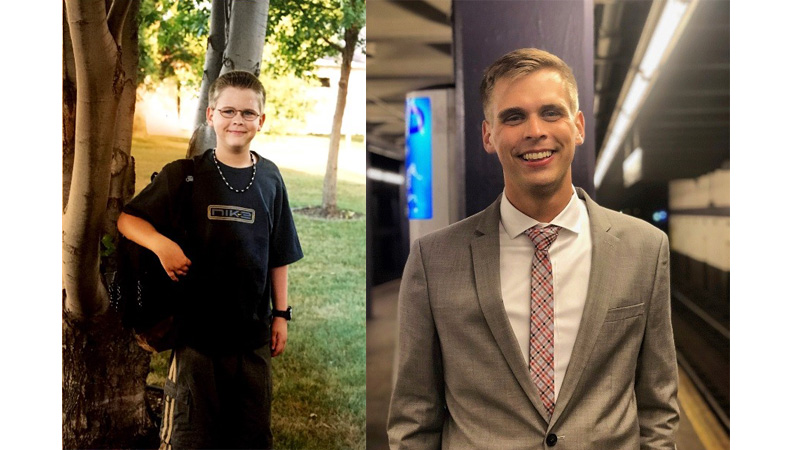Please update your browser.

Stories
The Power of Your First Summer Job
JPMorgan Chase employees share memories of triumphs, mishaps and more.
Camp counselor, burger flipper, corn detasseler—yes, that’s a real thing. These were all gigs that JPMorgan Chase colleagues worked as their first summer jobs. It may not seem significant, but there is a direct connection between securing summer employment as a teenager and getting on a pathway to future career success.
Too few young people—especially low-income young people of color—are acquiring the education, training, and work experiences needed to compete in the global labor market.
The proof? The unemployment rate for 16-to 24-year-olds remains stubbornly at 8.7 percent—nearly three times the rate for adults 25 and older.
That’s why JPMorgan Chase announced a $17 million, five-year commitment in 2017 to U.S. cities working to increase the number of teens with access to quality summer work experiences that put them on a path to greater economic mobility.
Supporting Youth Employment Nationwide
This nationwide effort is part of the firm’s more than $325 million global investment in skills development and is helping to equip young people with the skills and experiences they need to succeed, while bridging the gap between the demand for summer jobs and the number of available positions. The 21 Summer Youth Employment Programs supported by JPMorgan Chase in 2017 placed almost 40,000 youth from 19 U.S. cities into summer jobs.
Through this expanded commitment, JPMorgan Chase is continuing to invest in the summer youth employment field by supporting programs that help youth:
- Develop early/foundational work skills for today’s labor market.
- Build skills mastery over time—summer to summer or year-round.
- Earn credentials or college credits.
- Connect to career pathway opportunities, especially linked to high-growth sectors.
- Access long-term career opportunities, including jobs in the private sector.
- Address barriers that may limit postsecondary options, especially for vulnerable youth populations.
Read our latest research on Summer Youth Employment.
Learn more about our how our Model for Impact and News Skills at Work initiative are contributing to fostering learning, collaboration and innovation across U.S.





















